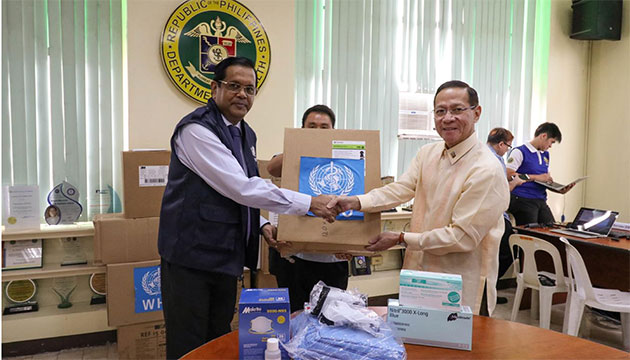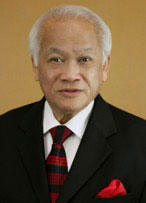(This is part 3 of a column on Medisina at Politika by Dr. Pagtakhan. Part 2 appeared on the February 16, 2020 edition of CFNet.)
As of today, over 80-thousand patients from 29 countries have been diagnosed with COVID-19 – short for coronavirus disease that emerged in December 2019. Compared to the figures reported a month ago, these numbers represent over a hundred-fold increase in patients and more than a three-fold increase in affected countries. And over 2,700 patients had lost their lives since the disease began in early December 2019. ;
Guarded Optimism
The last two weeks for this reporting period have brought forth two competing messages – guarded optimism during the early part versus the likelihood of a full-blown pandemic during the latter half. During the early part, China’s CDC (Center for Disease Control) reported on their “descriptive exploratory analysis” of 72,314 patients. Most (81%) were mild. The authors of the report did acknowledge limitations to their study (for example, about 10,000 did not have laboratory-confirmed tests for the virus). They observed that the epidemic appeared to be in decline leading to the end of their data collection. Indeed, daily tracking of reports from CDC-USA, CDC-China and WHO showed a continuing decline of new patients and a rise in the number of recovery. Even then, they added the cautionary note that “with many people returning from a long holiday, China needs to prepare for the possible rebound of the epidemic.” The global public, I thought, could justifiably see optimism on the horizon.
Potential Pandemic
Then came the Diamond Princess Cruise ship event that showed a rapid increase of infections, followed by the surge of new patients in South Korea, Italy and Iran, accompanied by a significant number of deaths. It appears the epidemic has now progressed to the Middle East and Europe. There are now over 2,000 patients outside China. In light of these latter observations, the natural question that has visited the minds of the mainstream media and public health experts is: Has COVID-19 now become a full blown pandemic?
World Health Organization’s (WHO’s) Position
At his media briefing yesterday from Geneva on this disease, WHO’s Director-General Dr. Tedros had this to say in response to the question: “Our decision about whether to use the word “pandemic” to describe an epidemic is based on an ongoing assessment of the geographical spread of the virus, the severity of disease it causes and the impact it has on the whole of society. For the moment, we are not witnessing the uncontained global spread of this virus, and we are not witnessing large-scale severe disease or death. Does this virus have pandemic potential? Absolutely, it has. Are we there yet? From our assessment, not yet. So how should we describe the current situation? What we see are epidemics in different parts of the world, affecting countries in different ways and requiring a tailored response. The sudden increase in new cases is certainly very concerning…Using the word pandemic now does not fit the facts, but it may certainly cause fear.”
Is Canada Prepared for a Potential Pandemic?
Speaking of Canada’s preparedness for a possible pandemic, Canada's Chief Public Health Officer Theresa Tam said yesterday as quoted in CBC News:
"These signs are concerning, and they mean that the window of opportunity for containment ... for stopping the global spread of the virus, is closing. It also tells countries like Canada, that have been able to manage and detect cases so far, that we have to prepare across governments, across communities, and as families and individuals, in the event of more widespread transmission in our community. As the window closes in terms of stopping the global spread, as we watch the WHO assess whether or not this is a full pandemic, obviously our attention turns more toward our domestic preparedness and what Canada can do to make sure our system and structures are ready for a change in our own population.
Canada developed a pandemic response plan in 2009, which would serve as the foundation for any shift in the official response to the current outbreak. The response plan includes accelerating research work here and contributing to international efforts to develop a vaccine abroad. It also could lead to expanding laboratory testing capabilities and access to diagnostic tools, and taking stock of essential supplies to make sure authorities don't run short; that Canada's course of action would be much the same whether the WHO declares a pandemic or not.” Canada’s state of preparedness and response are reassuring, indeed!
Philippine government receives WHO support
As part of its support for countries worldwide to contain the spread and build preparedness for possible COVID-19 pandemic, WHO handed over to the Philippine government stocks of personal protective equipment - examination gloves, respirators, isolation gowns, face masks - for use by frontline health workers; delivered reagents and chemicals to the Research Institute of Tropical Medicine to enable it to perform diagnostic testing in the country, instead of sending the specimen to Australia, and thereby release results within 2 days; shared technical expertise on surveillance and country preparedness, and provided support to the leadership of the Health Department on messaging of risks and engaging the public about the outbreak.














